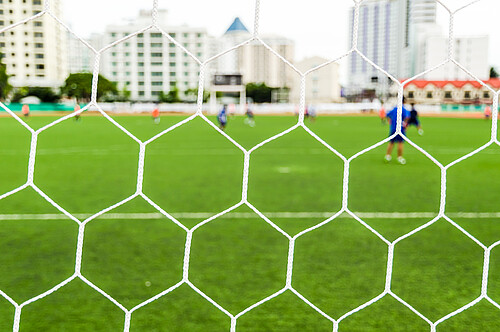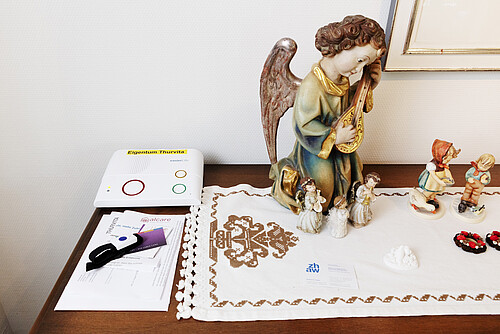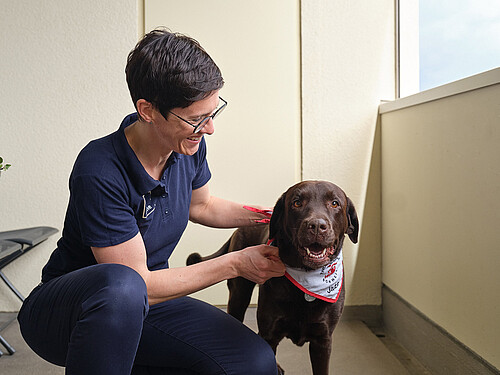
A new post-stroke therapy: virtual apple picking
Game-oriented methods can make post-stroke therapy both motivating and measurable. ZHAW researchers have developed a new form of therapy that uses augmented reality and a dynamic chair.
It generally happens suddenly and those affected require urgent help. Every year, some 16,000 Swiss people suffer a stroke. For a quarter of stroke victims, this sudden interruption of blood supply to an area of the brain ends in death. A further quarter suffer from massive permanent damage. The remaining victims are able to partially recover after the stroke, with half of them suffering from virtually no permanent motor damage.
Good trunk stability improves general motor skills
After a stroke, it is tremendously important to start effective and individually configured rehabilitation therapy without delay. This includes exercises to help restore trunk control, since good trunk stability is associated with the ability to perform everyday motor functions.

It is precisely here that the Holoreach Innosuisse project comes into play. The project was launched in 2018 together with the Schools of Engineering and Health Sciences, the Valens clinics and the Bitforge and rotavis companies. The ZHAW team under the project leadership of Daniel Baumgartner and his deputy Christoph Bauer have developed a virtual training programme that works with augmented reality (AR) and a dynamic chair constructed at the Institute of Mechanical Systems. Stroke patients can use this programme to train their trunk and arm functions.
Wearing AR glasses to enhance their perception of reality, patients see objects like apples, bananas or pears floating around in space in front of them. For the exercises, they now have to reach for these objects. As they do so, they need to repeatedly rebalance their trunk in line with the chair, which moves with them and has a mobile seat surface. In this way, the patients learn to better control and stabilise their trunk and arms.
Repeated training for body and brain
The repeatability of the exercises plays a key role here. “We know that repetition is decisive when it comes to the recovery of physical abilities”, project leader Daniel Baumgartner explains. And this is even possible for older patients too, since the brain retains its ability to learn even in old age. “This is known as brain plasticity, or the ability of the brain to change and form new neuronal networks through repeated training”, says Baumgartner. “This so-called reorganisation of the brain with the formation of new synaptic connections makes it possible to relearn motor and cognitive skills.”
“Repetition is decisive when it comes to the recovery of physical abilities.”
The Holoreach exercises are thus well-suited for stroke patients, most of whom are aged 60 and above. Individual training progress can be tracked with this virtual exercise, since all the patients are able to see their respective training data. The level of difficulty also increases in line with the patient's progress.
Few rehabilitation options for trunk training
“Contrary to leg and arm functions, few training options are currently available for regenerating trunk functions after a stroke”, says Baumgartner. Apart from sitting-ball therapy, hippotherapy, which uses horses, is also effective. This is highly personnel- and cost-intensive, however, and patients’ health insurance will not cover this therapy for post-stroke rehabilitation. The Holoreach training method thus provides an effective form of trunk therapy for intensified rehabilitation. Its future commercial use could include not only application in clinics but also use at home. A rental system could also be set up for the AR glasses, which are still relatively expensive.
Expanding the 3D sitting options
In a usability study with 15 stroke patients and five physiotherapists, the majority responded well to the therapy and said they found it a positive experience. Participants expressed a wish for an even greater number of variations in the exercises. These wishes have not gone unheeded. “We intend to optimise the software and the 3D sitting options still further”, explains Baumgartner. To this purpose, the project has now been extended until 1 October 2022.



0 Comments
Be the First to Comment!